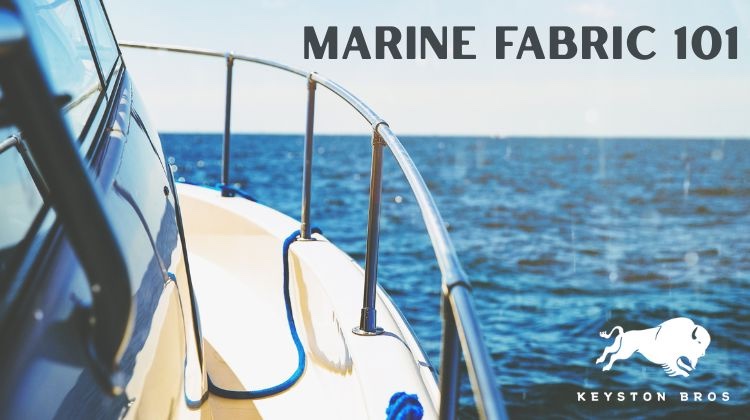
When it comes to marine fabric, the choices can feel overwhelming. Which fabric works best in saltwater environments? Which one holds up better to sun exposure? What about breathability or mildew resistance?
Thankfully, Keyston Bros has you covered. With insight from their SVP of Sales and Operations, we’re breaking down the key types of marine fabrics — cotton, polyester, vinyl and acrylic — so you can confidently choose the right material for your next marine upholstery project.
Cotton
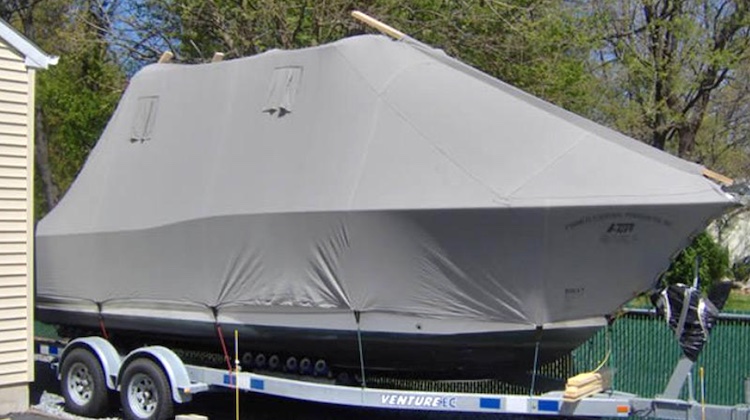
Pros: Cotton is a classic material with a timeless look and feel. It offers strong initial durability, can be treated with coatings for water repellency and mildew resistance, and is often lined to protect delicate surfaces. It’s also a cost-effective option, perfect for budget-conscious projects.
Cons: That said, cotton does have some limitations. It has low UV resistance, is prone to mildew, and tends to be heavier than other materials. You’ll also find fewer color options, narrower widths, and potential shrinkage over time.
Best Uses:
- Winter covers
- Dust covers
- Covers for delicate surfaces
- Period-accurate or traditional applications
Looking for cotton canvas? Keyston Bros carries a couple high-quality options: 72” 10 oz Natural Canvas Duck and 60” 12 oz Natural Canvas Duck.
Polyester
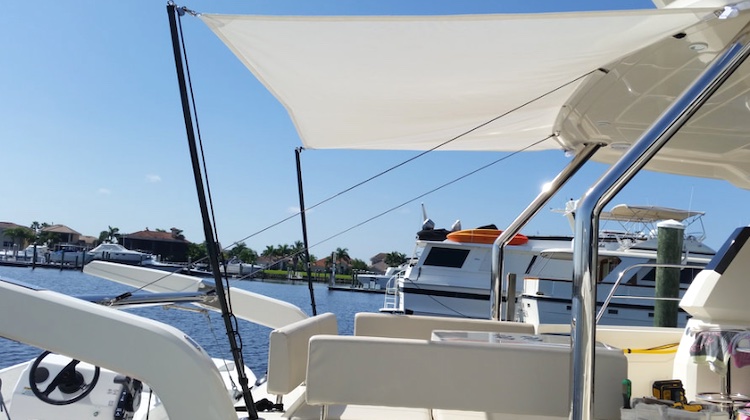
Polyester is a go-to material in the marine world thanks to its versatility. But not all polyester is the same — let’s look at the different types and Keyston Bros’ offerings:
- Coated (Single/Double): Acrylic-coated fabrics like Top Gun
- Vinyl-Coated: Options like Odyssey
- Solution-Dyed Polyester: Premium selections like Top Notch, Weathermax and Utopia HD
Pros: Polyester is highly durable and available in a wide range of finishes. It’s ideal for outdoor exposure and offers great resistance to abrasion and wear.
Cons: Some drawbacks include potential color transfer, delamination in lower-quality products, UV fading over time, and stiffness in colder climates. Coated versions may also lack breathability.
Best Uses:
- Storage covers
- Tops and shade flys
Vinyl
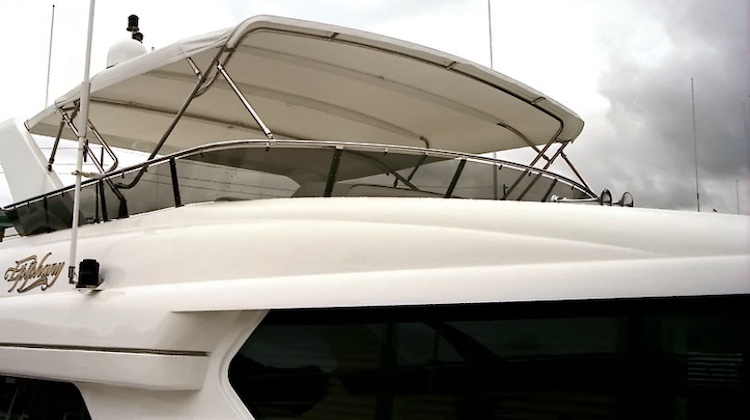
Vinyl is one of the most durable marine fabric choices out there. Here’s a look at what’s available:
- Laminated Vinyl: Weblon Regatta and Coolshade
- Coated Vinyl: KTEX
- Single/Double-Sided Vinyl: Stamoid
Pros: Vinyl offers complete waterproofing, excellent UV resistance, and mold/mildew resistance. It’s easy to clean, holds its shape well, and is available in a wide range of colors, weights and widths.
Cons: It’s not breathable, can become stiff in cold temperatures or with age, and tends to be more expensive than other options.
Best Uses:
- Storage covers
- Enclosure trims
- Tops and marine structures requiring high durability
Acrylic
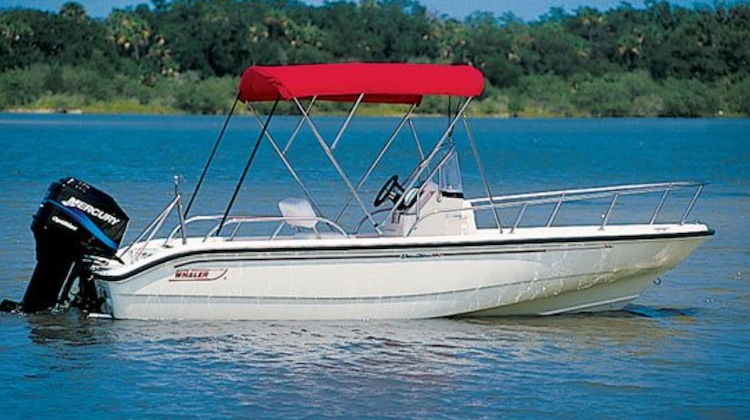
Acrylic is known for its beauty, performance and longevity. There are two main types:
Pros: Acrylic fabrics are solution-dyed for excellent color retention and UV performance. They are breathable, mildew resistant, easy to clean, and available in a broad palette of colors.
Cons: They aren’t fully waterproof (unless laminated), may show soil on lighter colors, can be more expensive, and aren’t as abrasion-resistant as some other materials.
Best Uses:
- Storage covers
- Biminis and shade tops
Each marine fabric has its strengths and its limitations. The key is to assess your specific application: Do you need breathability? Maximum UV resistance? Easy cleaning? Once you know your priorities, selecting the right marine fabric becomes much simpler.
At Keyston Bros, you can find high-quality options in all four categories, giving you the flexibility to choose the best fit for your project, environment and budget.
To learn more about Keyston Bros, and create a shop account, visit keystonbros.com. You can also follow them on Facebook and Instagram.
Recent Comments